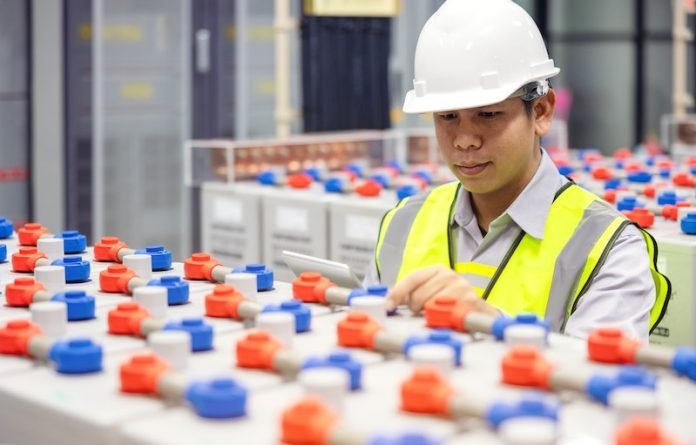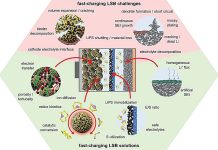
As the world searches for alternatives to lithium in rechargeable batteries, sodium, potassium, and zinc have come up as leading alternatives.
However, researchers at Worcester Polytechnic Institute (WPI) have introduced a dark horse: chloride.
With its abundant presence as negatively charged ions in seawater, chloride may play an essential role in the next generation of eco-friendly batteries.
Breaking the Norm with Chloride
Under the guidance of Xiaowei Teng, the James H. Manning professor of Chemical Engineering at WPI, a novel redox chemistry driven by chloride ions has been uncovered.
This could pave the way for the creation of “seawater green batteries.”
Contemporary lithium-ion batteries, integral for devices and electric vehicles, pose a challenge for grid storage due to their hefty price tag and dependence on scarce materials like cobalt, nickel, and lithium.
The geographical limitations of these resources are striking, with over 85% of terrestrial lithium reserves confined to six countries.
Teng and his fellow researchers sought to transcend these constraints, venturing beyond conventional green battery tech.
With chloride ions in the limelight, they enhanced the redox chemistry of iron oxide battery materials.
The Science Behind the Discovery
Their findings, documented in “Chloride-Insertion Enhances the Electrochemical Oxidation of Iron Hydroxide Double Layer Hydroxide into Oxyhydroxide in Alkaline Iron Batteries” in the Chemistry of Materials journal, are groundbreaking.
The research indicates that the infusion of chloride ions into Fe(OH)2 layered double hydroxide morphs into a Green Rust intermediate crystalline material.
This transformation plays a pivotal role by aiding a one-charge transfer Fe(OH)2/FeOOH conversion reaction and bolstering cycling stability.
Validated at the Department of Energy User Facilities at Brookhaven National Laboratory, this innovative iron redox chemistry stands as a testament to human ingenuity.
Towards a Sustainable Battery Future
The WPI research team successfully developed an aqueous battery, functioning on a water-based electrolyte and comprised mostly of abundant elements like iron oxides and hydroxides.
While the cost-effectiveness of this prototype remains unquantified, Xiaowei Teng is optimistic. The utilization of plentiful materials should work to their advantage.
Furthermore, the U.S. annually discards over 15 million tons of iron waste in the form of rust. Teng’s novel battery chemistry provides a dual benefit: promoting renewable energy while repurposing waste materials.
WPI’s groundbreaking research sheds light on the potential of chloride in revolutionizing the battery industry.
By harnessing the abundant resources of our planet, the team paves the way for a more sustainable, efficient, and cost-effective energy future.
The study was published in Chemistry of Materials.



